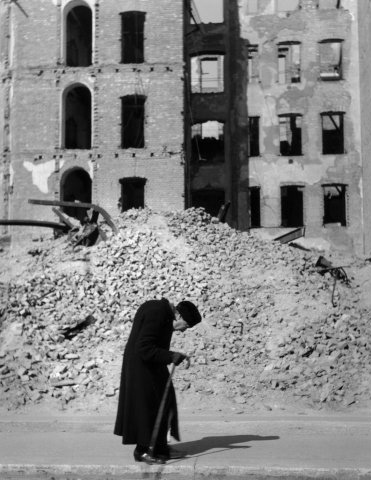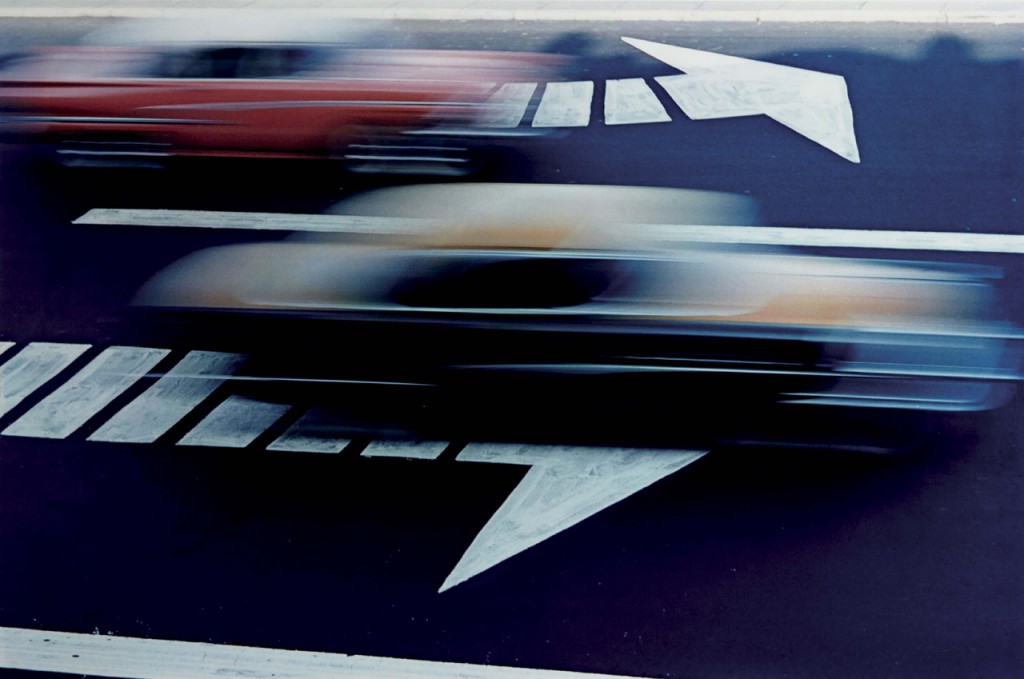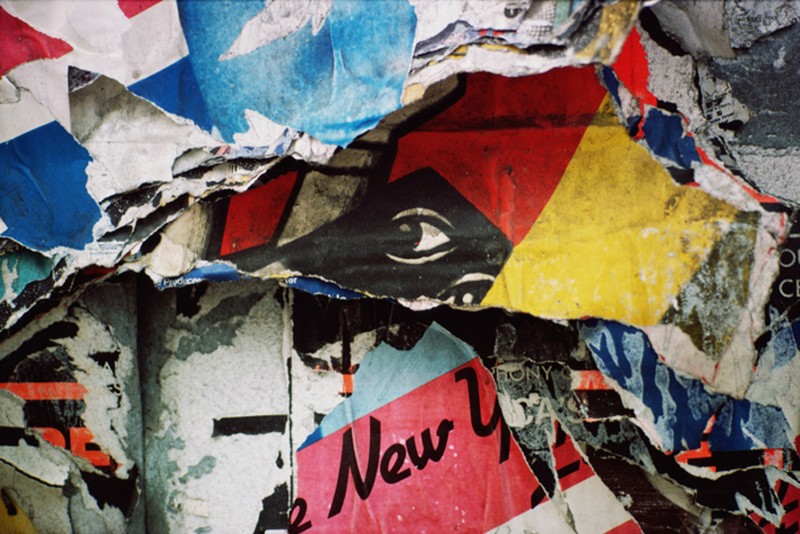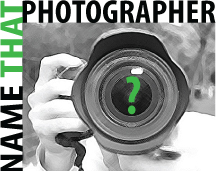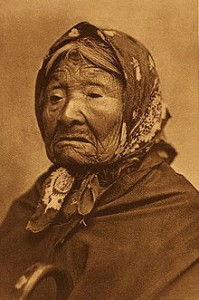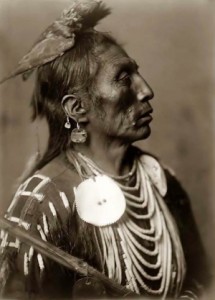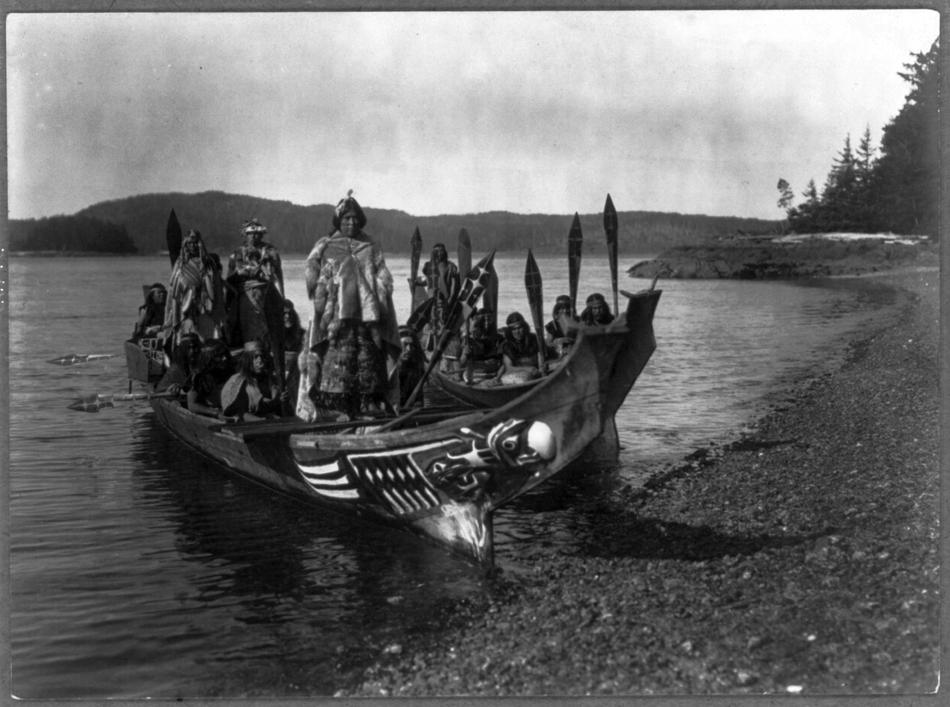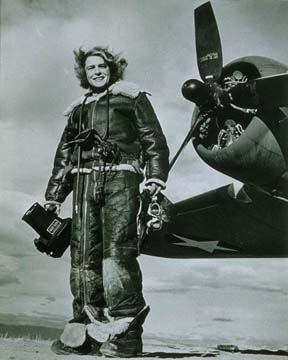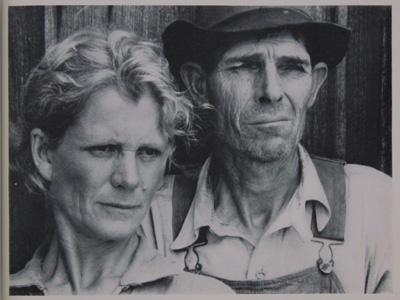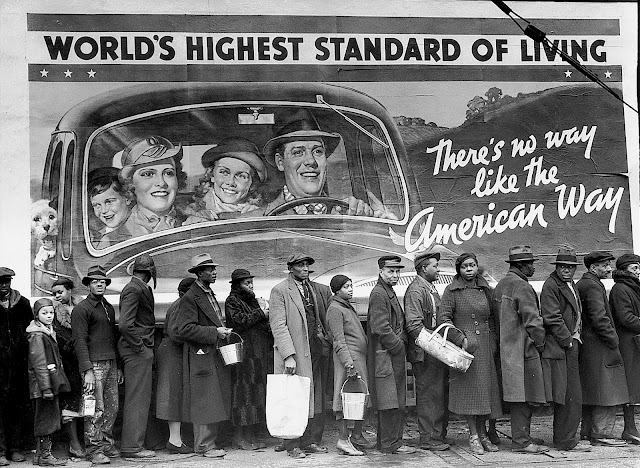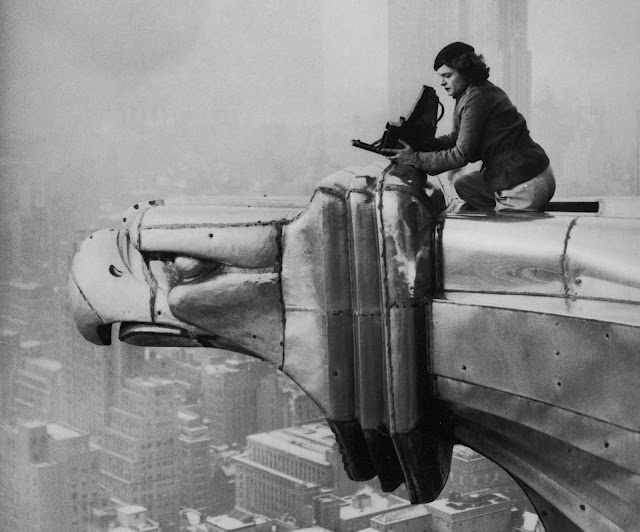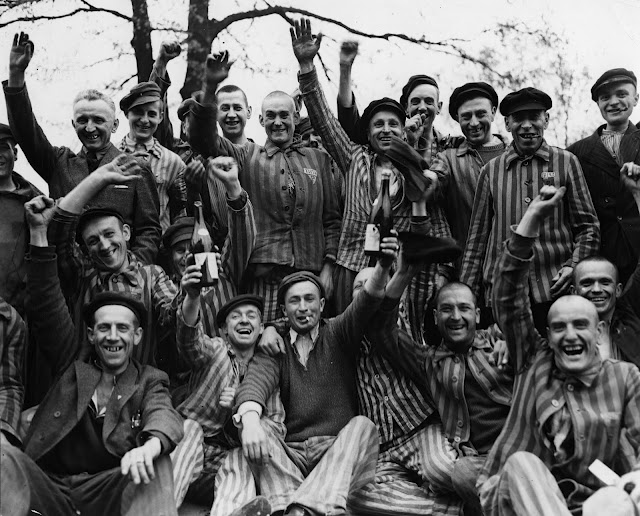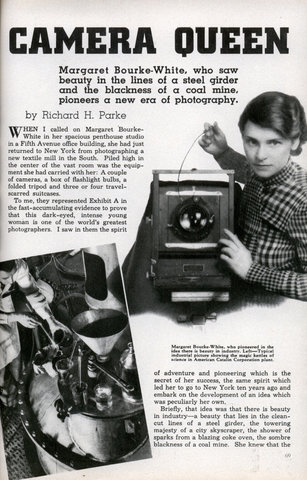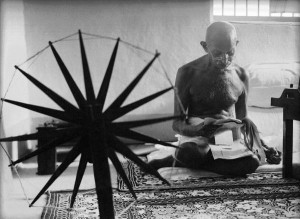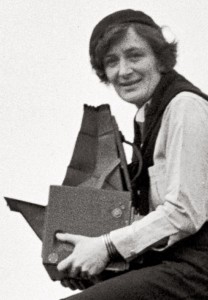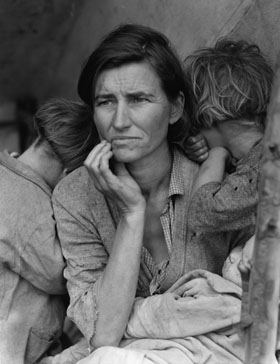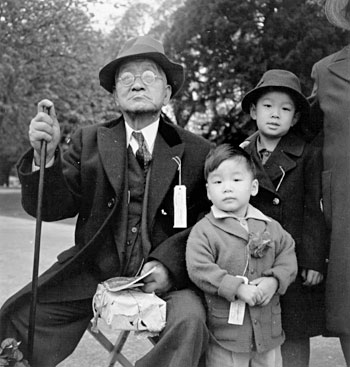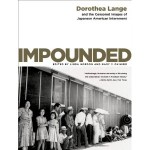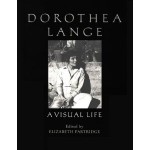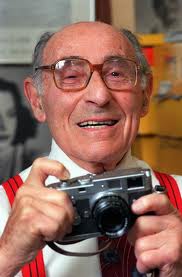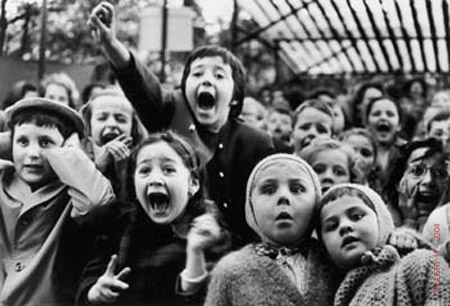ERNST HAAS
(1921-1986)
Ernst Haas was an Austrian-American photojournalist who was a pioneer in color photography. During his forty-year career he not only used the camera to tell a story, but to visually express his creativity through bold, abstract and impressionistic images.
Haas was raised in the grand culture of Vienna before World War II. His parents placed a high value on education and the arts, and encouraged his creative pursuits from an early age.
His father, an avid amateur photographer, tried to inspire his son to pursue photography, but Haas had no interest in cameras until he was nearly twenty, when he started going through old family negatives after his father died. Haas was taken more by painting and drawing and studying things like poetry, philosophy, music, literature and science, which later informed his beliefs about the creative potential for photography.
Haas once said:
“I never really wanted to be a photographer. It slowly grew out of the compromise of a boy who desired to combine two goals—explorer or painter. I wanted to travel, see and experience. What better profession could there be than the one of a photographer, almost a painter in a hurry, overwhelmed by too many constantly changing impressions? But all my inspirational influences came much more from all the arts than from photo magazines.”
World War II complicated Haas’ education. He tried to go to medical school, but was only able to complete one year before laws changed and he was forced out due to his Jewish ancestry.
In 1946, at age 25, he obtained his first camera by trading a 20-pound block of margarine for a Rolleiflex on the Vienna black market. With that, he documented the war’s effects in Vienna, approaching the city as a reporter with a sharp, but empathetic eye. His photographs show the enduring human spirit in the face of a devastated urban environment.
When Haas was thirty, he moved to the United States, which is where he started experimenting with color film. In 1953 Life published a groundbreaking 24-page color photo essay of his work on New York City, which was the first time such a large color photo feature was ever published in the magazine. Nine years later Haas became the first person to ever have a single-artist exhibition of color photography at the Museum of Modern Art.



